National animals are powerful symbols of a nation, embodying its identity as well as common cultural values and heritage. The United States has two such animals: the illustrious bald eagle and the even more significant bison.
Together these creatures represent more than 200 years of history and symbolism, helping to tell the story of this country.
In this article, we look at what makes these national symbols so important to Americans and explore how they have influenced the nation’s history, culture, and conservation efforts, as well as its image abroad.
For travelers planning to explore these rich American symbols firsthand, the iRoamly USA travel eSIM offers a variety of packages and fast speeds, making it an ideal travel companion to stay connected throughout your journey.
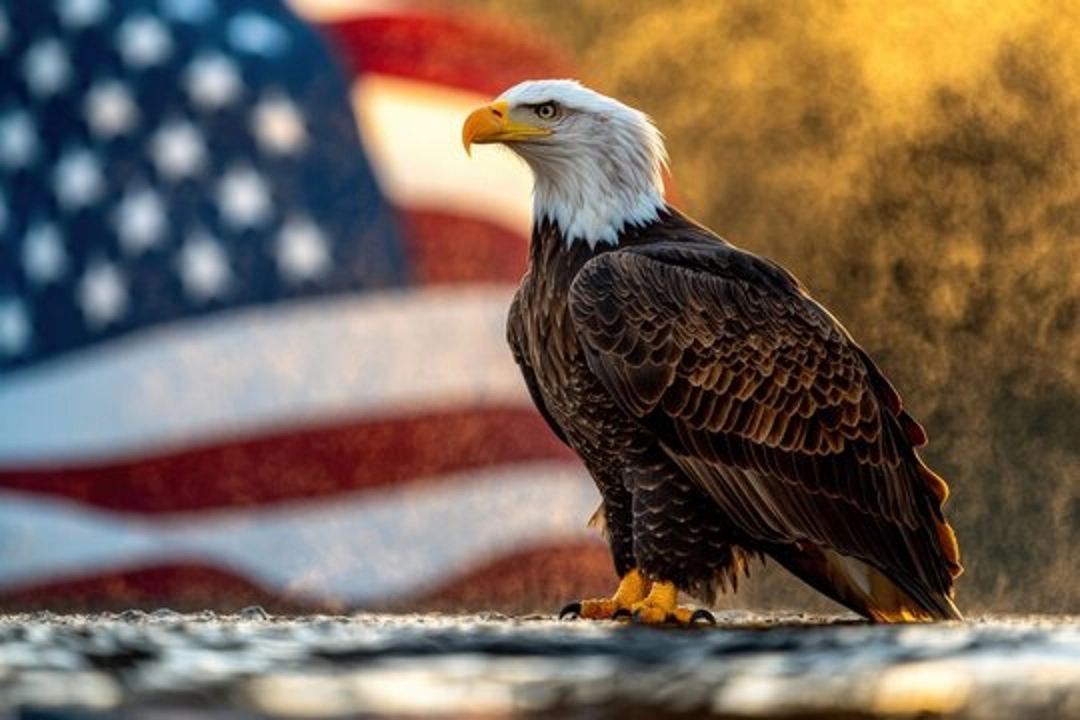
Symbolism and Historical Context
Let’s now focus on two iconic animals here: the bald eagle and the bison. The bald eagle isn’t just any bird; it’s a badass and powerful representation of freedom and liberty, and it has been since it was adopted as the national emblem in 1782!
People were captivated by its majestic appearance and independent nature — it encapsulated the spirit of the American people at the time. I mean, come on, eagles are awesome! They fly high up in the sky with gigantic wings, epitomizing freedom!
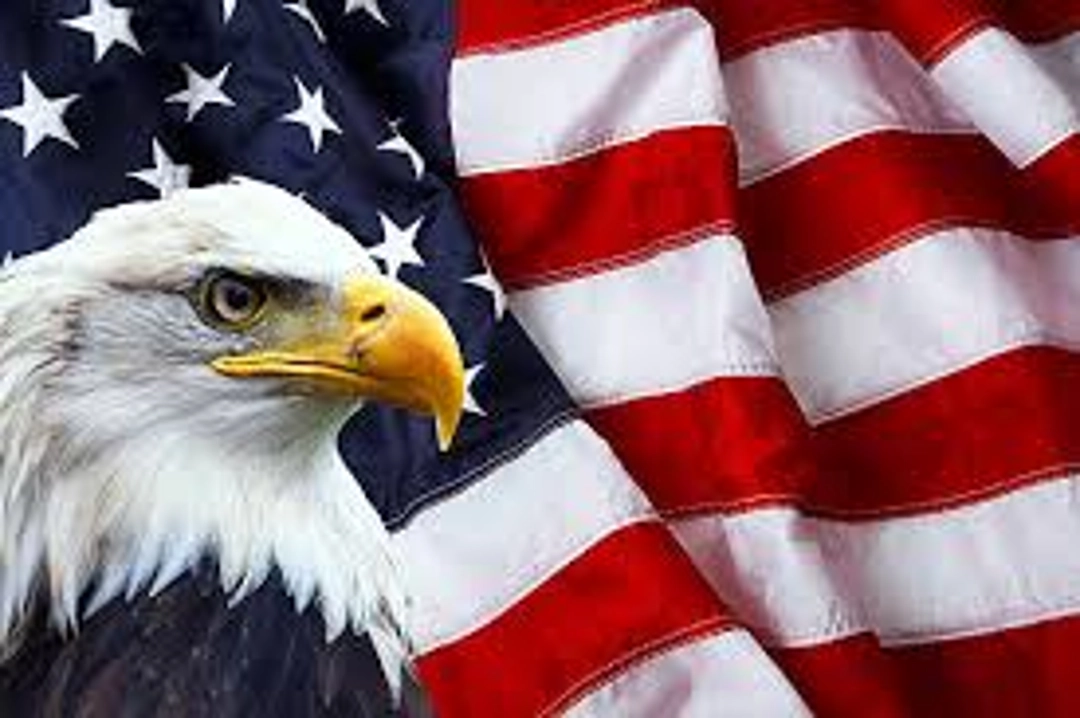
And while we’re on the topic of resilience, let me introduce you to the bison. Once numbering in the millions, bison were the lifeblood of the Native Americans of the Great Plains.
The 19th century was not friendly to the buffalo, though, and by the turn of the 20th century, they were nearly extinct.
Thankfully, conservation efforts have been able to save them from the brink, and in 2016 the bison was named the National Mammal of the United States, its status standing as a testament to the nation’s strength and fortitude.
National Animal of the United States: The Bald Eagle
1. Physical Characteristics of the Bald Eagle
The bald eagle is a bird of intimidating beauty. It easily attracts attention due to its bright white head and tail set against a brown body.
Its small, fierce eyes also intimidate, as does its sharp, hooked, and powerful-looking yellow beak. It has a menacing presence, to say the least.
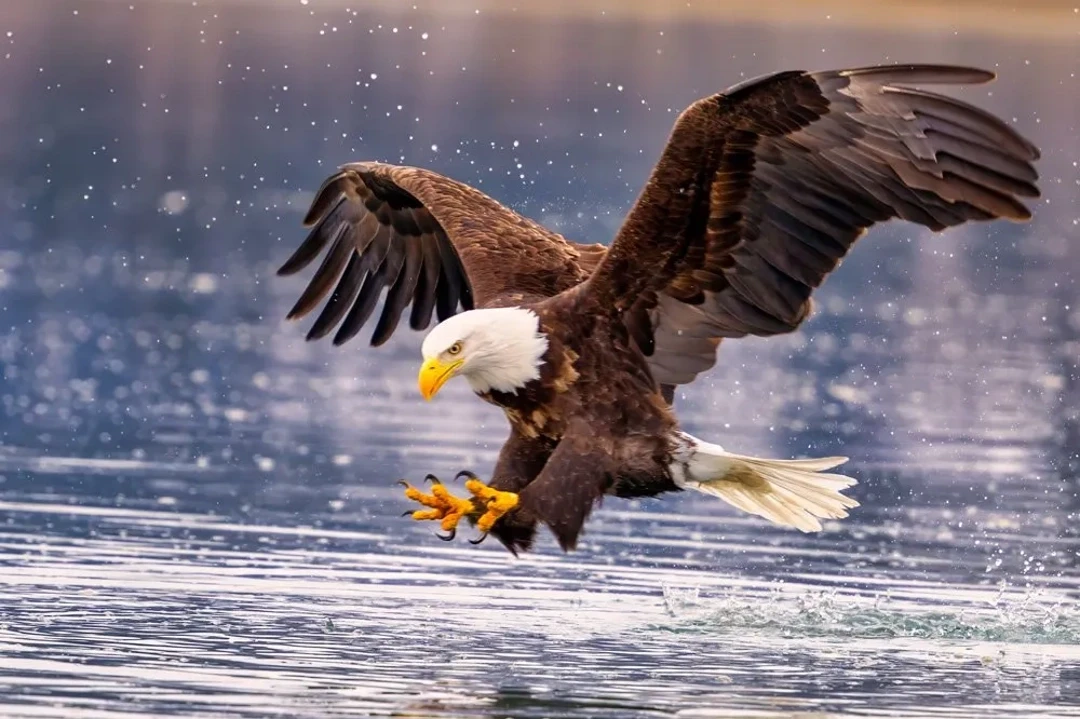
Bald eagles are big birds. Really big. In fact, they are one of the largest birds of prey! An adult bald eagle can have a wingspan of 7 feet. Meaning their wings stretch roughly the same length as a front door.
That enables them to master the skies, floating above like kings, on the hunt for their next meal.
2. Habitat and Range of the Bald Eagle
Bald eagles can be found throughout the U.S. … except for perhaps Hawaii. They like a good, watery habitat around lakes, rivers, or coasts where they can catch their favorite food: fish. They actually need open water to do their hunting.
Once an endangered species, they’ve been saved by conservation groups that have rescued their habitats, providing a refuge where they can spread their wings.
3. Interesting Facts About the Bald Eagle
Fun fact, they don’t scream like they do in the movies either. It’s really more like a whistling sound. Look, they primarily eat fish, though they also eat carrion and steal food from other birds too.
They are some efficient hunters! As apex predators, they are essential for keeping the ecosystems in check.
4. The Bald Eagle’s Role in American Culture and Symbolism
If you’ve ever looked at the Great Seal of the United States, you’ve seen the bald eagle. The bird grasps an olive branch and a bundle of arrows, signifying peace and power. You’ll also find the national bird on military insignias and coins, representing bravery and liberty.
But it isn’t limited to official emblems; the bald eagle soars through American folklore and literature, becoming ingrained in the country’s cultural consciousness.
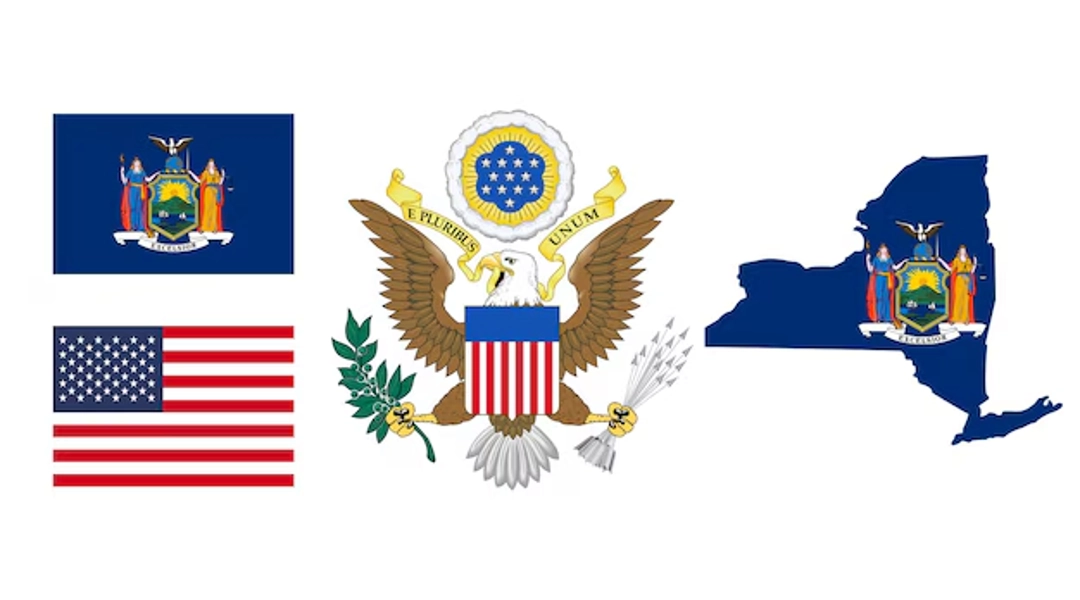
Bison: National Mammal of the United States
Now, let’s talk about the bison, the iconic symbol of Americana! They roamed in massive herds that once stretched across the Great Plains, and were a central part of Indigenous culture and life.
In 2016, the bison became the officially designated National Mammal of the United States, a hugely symbolic gesture in terms of recognizing not just our past but also our present.
Moreover, in honoring the bison, the country also honors its past and the Native Americans who revered these mighty animals as well. The bison now stands with the bald eagle as an emblem of resilience and toughness.
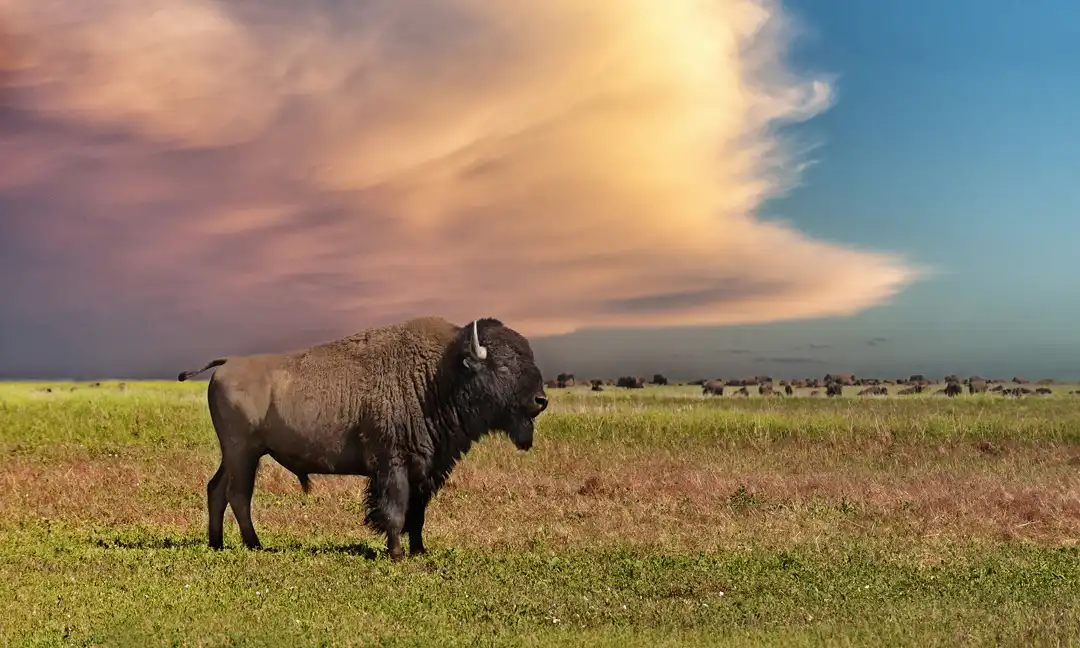
The iconic American bison is more than a historical figure. It survives today in national parks and nature reserves, especially in some of the top national parks in the US, standing as a powerful symbol of the American wilderness.
You can find its image in paintings, books, and on athletic uniforms, as well as on coinage. Bison days, seminars, and educational programs teach awareness about the animal’s role, grounding people in the past.
In recent years, the bison has also emerged as a conservation icon, as a symbol of efforts to conserve and restore America’s wilderness areas. Its history highlights the struggle for balance between progress and the maintenance of the natural environment.
The combination of its folklore and modern status have made it a beloved national emblem that should encourage all of us to admire and conserve the environment for future generations.
Conservation Efforts for Bald Eagles and Bison
The remarkable and heroic recovery of the bald eagle! By the mid-20th century, these bird of prey were in danger of going extinct, largely because of pesticides such as DDT.
However, their population made a dramatic comeback when they were protected under the Bald and Golden Eagle Protection Act and the Endangered Species Act (ESA). Conservationists started to clean up their environments and control the human-made chemicals so that these eagles now have a second chance.
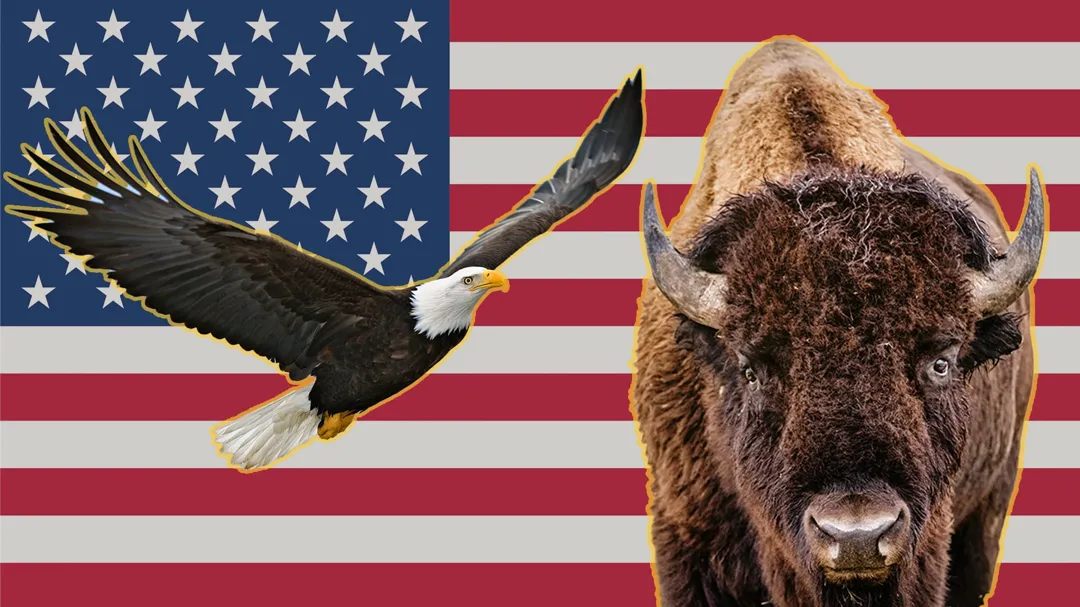
And, hey, want to learn about the bison rescue? It’s a really cool story! The near extinction of the buffalo was a result of overhunting and habitat loss. Thankfully, dedicated individuals recognized the problem and organizations began to form, such as the American Bison Society in the early 1900s.
Their lobbying and hard work enabled these behemoth animals to be reintroduced and they now freely roam Yellowstone. It’s a true success story of conservation!
However, there are still challenges. Habitat destruction and climate change present constant threats to the species. Conservationists work around the clock to protect them and raise awareness.
Thanks to their efforts, the bald eagle and bison still exist in America, symbols of strength and perseverance.
FAQ
1. What is the national tree of America?
The oak tree is the national tree of the United States as it represents strength and endurance.
2. What is the national fruit of America?
The blueberry is the national fruit of the United States and, considering it’s native, delicious one too.
3. What flower represents the United States?
The rose is America’s national flower and is often used to symbolize love and beauty.
Conclusion
The bald eagle and the American bison stand as powerful symbols of the United States—one soaring through the skies, the other roaming the plains. Together, they represent the country’s spirit of freedom, strength, and natural beauty.
Whether you're admiring the majestic flight of a bald eagle or witnessing a bison herd in the wild, these iconic animals offer a deeper connection to America’s rich wildlife and national identity.
